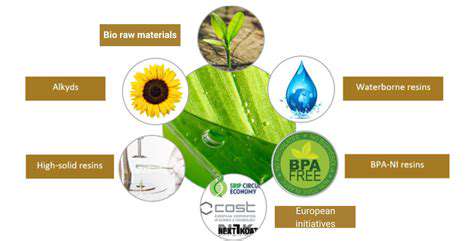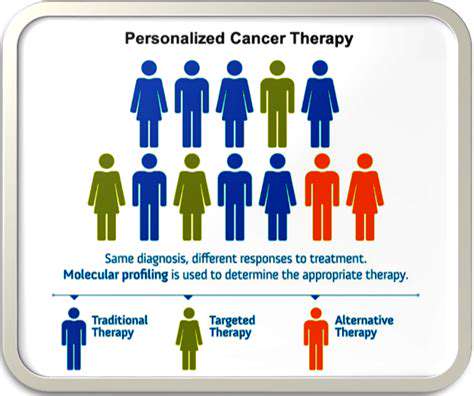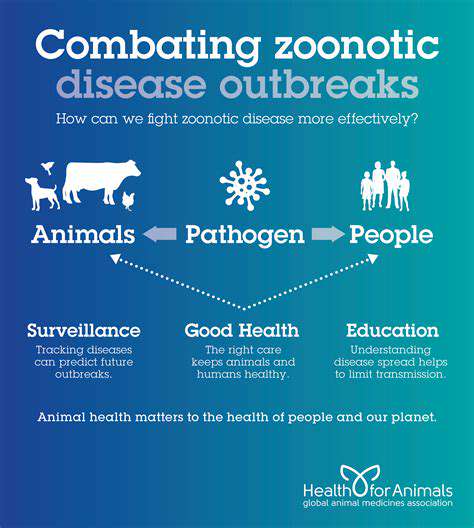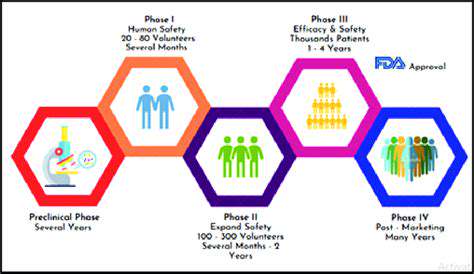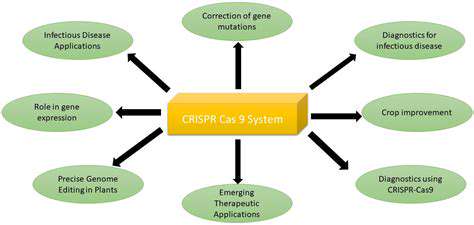Addressing Challenges and Ensuring Safety
Ethical Considerations in CRISPR Gene Therapy
CRISPR gene editing technology, while offering remarkable potential for treating genetic diseases, raises complex ethical dilemmas. One key concern revolves around the potential for unintended consequences, such as off-target edits that could introduce new mutations and potentially harmful effects. Careful consideration must be given to the long-term effects of these modifications, particularly in germline editing, where changes are passed on to future generations. Furthermore, equitable access to this potentially life-altering technology is crucial to prevent exacerbating existing health disparities.
Another ethical hurdle involves the potential for misuse of CRISPR technology. Ensuring that this powerful tool is employed responsibly and ethically, with robust oversight and regulations, is paramount. The potential for creating designer babies or altering human traits for non-therapeutic purposes requires careful societal dialogue and the development of clear guidelines to prevent exploitation and unintended consequences. Transparency and public engagement are essential in navigating these complex ethical challenges.
Safety Protocols for CRISPR-Based Therapies
Implementing robust safety protocols is critical to minimizing the risks associated with CRISPR gene editing. Rigorous testing and validation of CRISPR-Cas systems are essential before clinical trials. This includes careful analysis of potential off-target effects, long-term consequences, and immune responses to the introduced gene edits. Precise delivery mechanisms are needed to ensure that CRISPR components reach the target cells without causing harm to healthy tissues.
Thorough preclinical studies, involving animal models, are crucial for evaluating the safety and efficacy of CRISPR therapies. These studies should assess potential toxicity, immune responses, and long-term outcomes. Continuous monitoring of patients undergoing CRISPR-based therapies is also vital to detect and address any unforeseen complications or adverse effects.
Delivery Mechanisms for CRISPR Therapeutics
Effective delivery of CRISPR components to target cells is a critical hurdle in translating CRISPR technology into therapeutic applications. Different delivery methods, such as viral vectors and non-viral nanoparticles, are being investigated. Viral vectors, while efficient, can trigger immune responses and pose safety concerns. Non-viral methods offer potential advantages in terms of safety, but may have lower efficiency in delivering CRISPR components to the target cells.
Minimizing the risk of off-target effects and maximizing the delivery efficiency of CRISPR components are key considerations in the development of safe and effective delivery systems. Ongoing research is focused on improving the design of these delivery systems to enhance their specificity and reduce the risk of unintended consequences.
Cost and Accessibility of CRISPR Therapies
The high initial costs associated with developing and manufacturing CRISPR-based therapies are a significant concern. Ensuring that these therapies are accessible to patients who need them, regardless of socioeconomic status, is a critical challenge. Strategies for cost reduction and wider access, such as the development of cheaper production methods and the establishment of public-private partnerships, are vital to address this issue.
Regulatory Oversight and Standards
Establishing clear regulatory frameworks and standards for CRISPR-based therapies is essential to ensure safety, efficacy, and ethical use. Collaboration between regulatory bodies, researchers, and clinicians is needed to develop comprehensive guidelines and protocols for clinical trials and the approval process. Establishing transparent and consistent standards will build public trust and confidence in this transformative technology.
Public Perception and Acceptance
Building public trust and acceptance of CRISPR gene therapy is crucial for its successful implementation. Open and transparent communication about the potential benefits, risks, and limitations of this technology is essential. Education initiatives can help address concerns and misconceptions surrounding CRISPR and its applications. Active engagement with diverse stakeholders, including patients, healthcare providers, and the public, is vital for fostering understanding and acceptance.
Long-Term Monitoring and Evaluation
Long-term follow-up studies are essential to fully understand the long-term effects of CRISPR therapies. These studies should monitor patients for any long-term side effects, unintended consequences, or changes in the edited genes. Regular assessments and data collection are crucial for continuously refining and improving CRISPR-based therapies. Careful and meticulous data analysis will be critical to understanding the long-term safety and efficacy of CRISPR-based treatments.
The Future of CRISPR: Beyond the Laboratory

CRISPR's Potential in Gene Therapy
CRISPR-Cas9 technology has shown immense promise in gene therapy, offering a revolutionary approach to treating genetic disorders. Scientists are exploring its application in correcting faulty genes responsible for conditions like cystic fibrosis and sickle cell anemia. This precision gene editing allows for targeted modifications, potentially eliminating the root cause of these diseases instead of just managing symptoms. Researchers are also investigating the use of CRISPR for treating cancer by targeting tumor cells or enhancing the immune system's ability to fight cancer.
Early clinical trials are showing encouraging results, raising hopes for a future where genetic diseases can be effectively treated. However, ethical considerations surrounding gene editing and the potential for unintended consequences remain a critical area of discussion and research.
Advancements in CRISPR Delivery Systems
One significant hurdle in CRISPR applications is efficient and safe delivery of the CRISPR-Cas9 complex to target cells. Current methods often face limitations in terms of specificity and effectiveness. Developing more refined and targeted delivery systems is crucial for broader implementation of gene therapy. Researchers are exploring various strategies, including viral vectors and non-viral nanoparticles, to improve the delivery process. These advancements aim to enhance the precision and efficiency of CRISPR-Cas9 applications, minimizing off-target effects and maximizing therapeutic outcomes.
The goal is to develop delivery systems that can precisely target specific cell types, reducing the risk of harming healthy cells and tissues. Further research in this area is essential to address safety concerns and optimize the use of CRISPR-Cas9 technology.
CRISPR's Role in Agriculture and Food Production
CRISPR technology is rapidly transforming agriculture, offering the potential to develop crops with enhanced traits, such as increased yields, improved nutritional value, and enhanced resilience to pests and environmental stresses. This holds significant promise for addressing global food security challenges. The ability to modify crops precisely can lead to more sustainable and productive farming practices.
By targeting specific genes, scientists can engineer crops that require less water, withstand harsh weather conditions, or resist diseases, contributing to higher crop yields and potentially reducing the environmental impact of agriculture. This has the potential to revolutionize food production and enhance access to nutritious food for a growing global population.
Ethical Considerations and Public Perception
The rapid advancement of CRISPR technology raises significant ethical considerations. Discussions about the ethical implications of gene editing, particularly germline editing, are critical to ensure responsible development and application. The potential for unintended consequences and the long-term effects of altering the human germline necessitate careful consideration and robust regulatory frameworks.
Public perception of CRISPR technology is also crucial for its responsible implementation. Open dialogue and education are essential to address concerns and foster public trust in this powerful technology. Transparency and ethical guidelines are paramount to ensuring that CRISPR is used for the benefit of society.
CRISPR in Diagnostics and Personalized Medicine
CRISPR technology is revolutionizing diagnostics, enabling the development of highly sensitive and specific tools for detecting various diseases. By targeting specific DNA sequences, CRISPR-based diagnostic tests can quickly and accurately identify genetic mutations associated with diseases like cancer and infectious diseases. This rapid and precise diagnostic capability has the potential to transform personalized medicine approaches.
The potential for personalized medicine based on CRISPR diagnostics is immense. By understanding an individual's genetic makeup, clinicians can tailor treatment plans, leading to more effective and targeted therapies. This approach has the potential to significantly improve patient outcomes and reduce the risk of adverse drug reactions.
